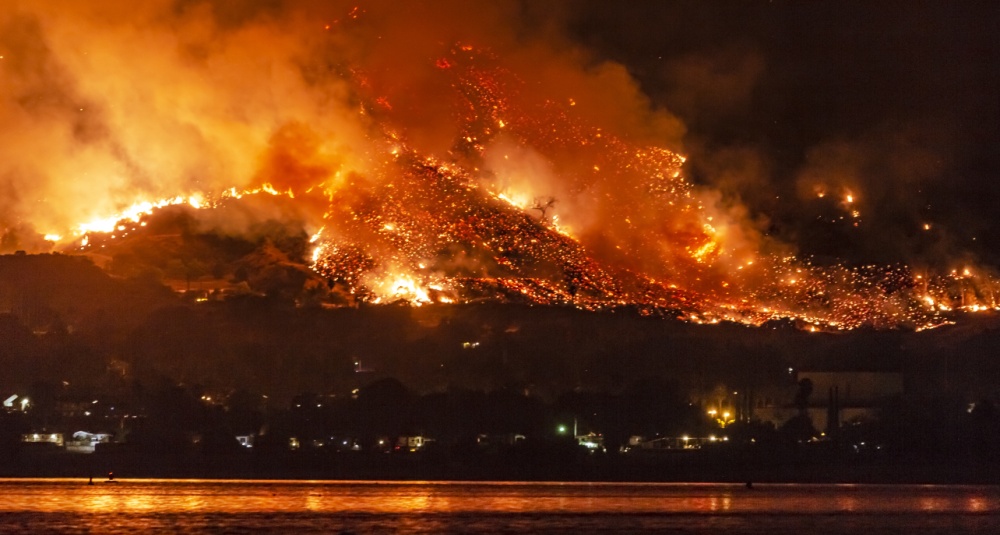
Wildfires remain a huge area of concern in many locations across the U.S. as these dangerous, annual events have been spreading with no end in sight. It’s become critical that advanced technologies help to predict and locate threats.
Today, advancements in AI and wireless technologies are making it possible to save millions of acres that could have otherwise burned. With wildfire detection systems and machine learning algorithms, it is possible to recognize unusual activity and stop fires before they spread.
To join in the cause, T-Mobile has announced a new partnership with Pano AI and Portland General Electric for 5G-connected cameras that use AI to detect wildfires. Pano AI’s HD cameras and AI platform work by consistently scanning for early stages of wildfires.
T-Mobile’s 5G network makes it possible to have high-quality video in at-risk areas and sends data to its command center in real-time. 5G technologies offer enhanced connectivity and are a highly reliable communication channel that is accelerating innovation across use cases.
“This is why we’ve been focused on building a 5G network for all – not just in densely-populated areas but across the country, into rural communities and remote environments as well,” said Neville Ray, President of Technology at T-Mobile. “Pano AI has developed an innovative solution that is poised to save lives and limit the devastation often caused by wildfires, and it’s both humbling and rewarding that T-Mobile’s 5G network is uniquely positioned to help bring it to life.”
According to the National Interagency Fire Center, nearly 60,000 wildfires burned over seven million acres of land just last year in the U.S. With drier air, high temperatures, and increased winds, these weather incidents will continue to worsen.
“Firefighters are looking for ways to detect, confirm and pinpoint a fire within minutes, and modern technology makes that very possible,” said Sonia Kastner, CEO of Pano AI. “Wildfire detection is especially important in rural and remote areas, and thanks to the long range of T-Mobile’s 5G network, we can bring Pano AI’s solution to some of the most vulnerable locations across the country.”
Portland General Electric is the first to utilize Pano AI on T-Mobile’s 5G network.
“We put the safety of our customers, employees, and communities first and this type of innovation allows us to do that by monitoring and detecting wildfires faster and more reliably than other methods,” said Larry Bekkedahl, senior vice president of Advanced Energy Delivery at Portland General Electric. “The stakes are high when it comes to detecting wildfires, and we need access to breakthrough technologies and reliable connectivity, which both Pano AI and T-Mobile bring to the table.”
Edited by
Erik Linask





